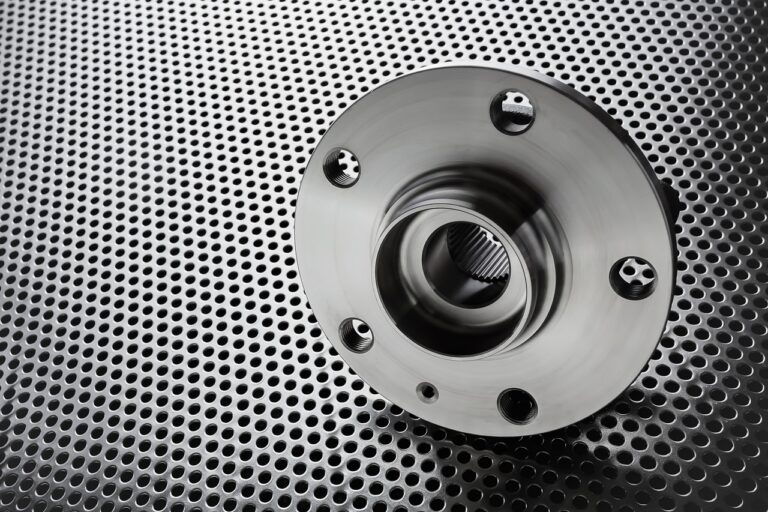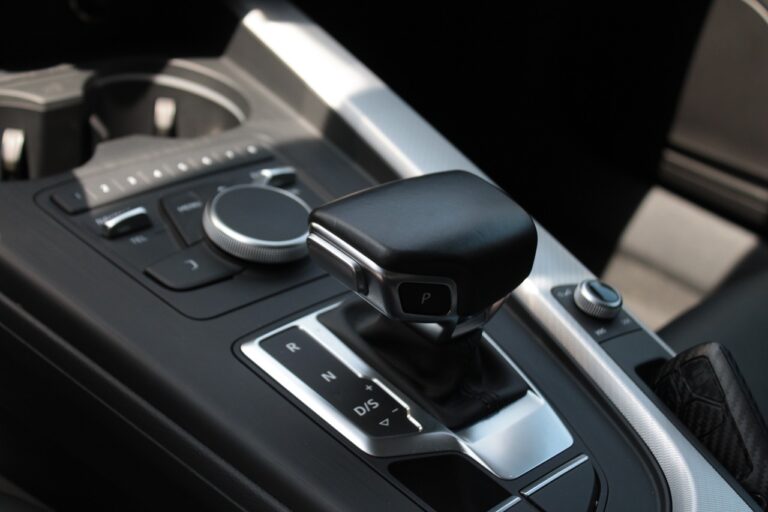The Emergence of Flying Cars: Fantasy or Future Reality?
Flying cars have long captured the imagination of the public, finding their way into popular culture through various mediums such as movies, TV shows, and books. From classic films like “Back to the Future” to modern blockbusters like “The Fifth Element,” flying cars have become a staple in science fiction and fantasy genres, often symbolizing a futuristic world where technology knows no bounds.
Moreover, video games have also played a role in perpetuating the concept of flying cars in popular culture. Games like “Grand Theft Auto” and “Fortnite” feature flying cars as a mode of transportation, allowing players to experience the thrill of zooming through the skies in a vehicle that was once considered the stuff of dreams. As advancements in technology bring the possibility of flying cars closer to reality, it is clear that our fascination with these futuristic vehicles will only continue to grow.
Historical Development of Flying Cars
In the early 20th century, the concept of flying cars captured the imagination of inventors and science fiction writers alike. One of the earliest designs for a flying car was created by Glenn Curtiss in 1917, known as the Curtiss Autoplane. Although this prototype never achieved sustained flight, it laid the groundwork for future innovations in the field.
Throughout the mid-20th century, various attempts were made to bring flying cars closer to reality. The Aerocar, developed by Moulton Taylor in the 1940s, was one such design that could be converted from a car to an aircraft. Despite the promising advancements, mainstream adoption of flying cars remained elusive.
Current Technological Advancements in Flying Cars
As technology continues to advance at a rapid pace, the concept of flying cars has become more achievable than ever before. Companies like Uber and Airbus are investing in the development of urban air mobility vehicles that could revolutionize the way we travel in the future. These vehicles are designed to be electrically powered, reducing emissions and creating a more sustainable mode of transportation.
One of the key technological advancements in flying cars is the development of autonomous flight systems. These systems use artificial intelligence and machine learning algorithms to control the vehicle’s flight path, avoiding obstacles and adjusting to changing conditions in real-time. This not only improves the safety of flying cars but also opens up the possibility of a future where transportation is more efficient and streamlined.





